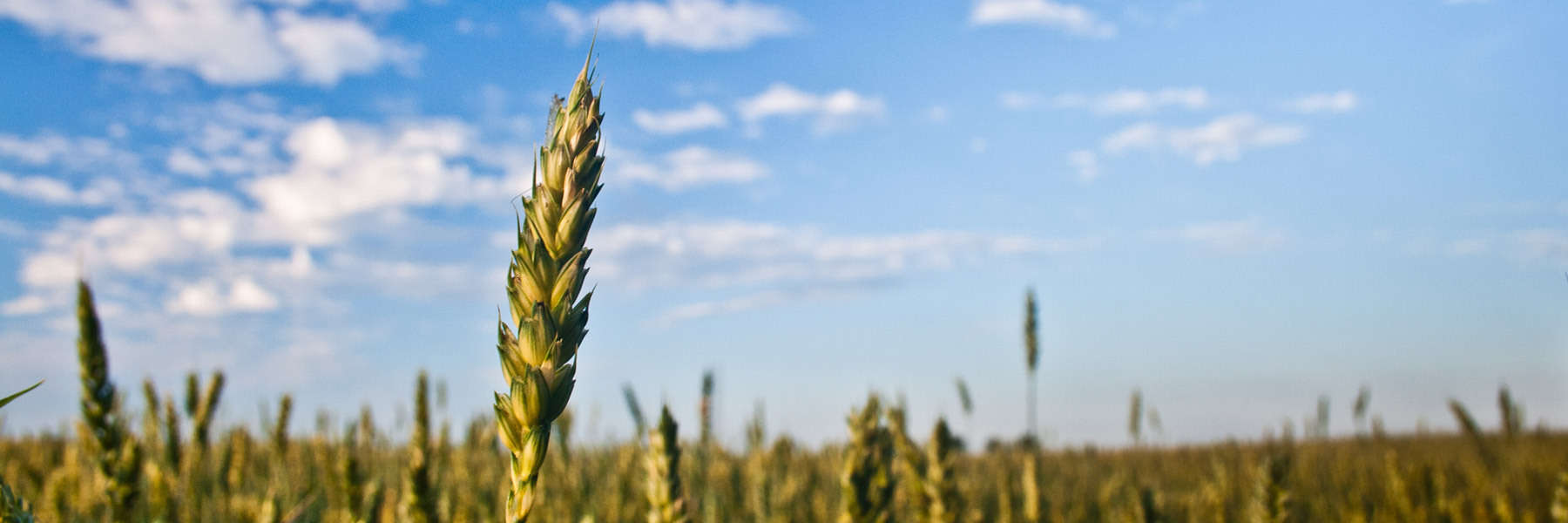Assistant Commissioner Role Misunderstood by Government
Changes to the Canada Grain Act and its child the Canadian Grain Commission have been under discussion for some time. More than a year ago, an Ontario consulting company, Compas Inc. was hired by the federal government to review the Act and issue recommendations for changes. Compas held sparsely attended hearings across the prairies, and issued its controversial report in August 2006.
Following this, the Standing Committee on Agriculture and Agri-Food looked at the Compas report and issued its own set of recommendations, which closely mirrored those of Compas. Last week, the federal Minister of Agriculture responded to the Standing Committee report.
While the Minister was coy about many aspects of the Compas recommendations (“the Government will carefully consider the ideas in the SCAAF report”) it did indicate support for several. On of the most significant and controversial recommendations of both Compas and the Standing Committee was to get rid of the system of Kernel Visual Distinguishability (KVD) for identifying classes of wheat.
This recommendation has received support from many researchers and farm groups, but others have urged caution. Getting rid of KVD is predicated on two things. The first is a breakthrough in technology that would allow a quick and easy identification of grain varieties. The second would be a reliance on declarations by farmers about the variety of grain they were growing.
The first condition, the “black box” that would identify grain varieties, has been the subject of intense research for some time, with limited success. So limited, in fact, that some industry observers call it the “Holy Grail” of grain marketing. Like the fabled Grail, this technology is much sought and entirely elusive. The government’s deadline of 2010 for ending KVD may be depending on a pipe dream.
In the fuss over KVD, another important piece of the CGC issue is getting little attention. This is the recommendation by Compas to eliminate the positions of Assistant Commissioners to the CGC and replace them with a separate Office of Grain Farmer Advocacy. Compas described the mandate of this Office as being to “ensure that farmers understand their rights under the Actand to advocate for them in disputes with handlers, the CGC, or other stakeholders.”
The six Assistant Commissioners have a unique role. Though part of the CGC, they are appointed by the government of the day. They report to the CGC Commissioners, but can’t be hired or fired by CGC brass. This unique position gives them a great deal of freedom in how they carry out their jobs. Farmers who feel mistreated by the grain companies have been the most common users of their services, and while most farmers may never have cause to appeal to their Assistant Commissioner, I know many who would attest to the value of the help they’ve received.
Farmers often feel powerless in dealing with grain companies. Many times they don’t know their rights, and are at a loss to protect themselves. Assistant Commissioners play the role of evening out the power imbalance that exists between farmers and grain companies. Compas appeared to recognize the need for this role, though it’s recommendations in this regard were not perfect.
The Minister of Agriculture, on the other hand, appears oblivious to the value of the Assistant Commissioners. He has refused to fill vacancies in this role, and seems confused about the value of the “Office of Grain Farmer Advocacy” as recommended by Compas and supported by the Standing Committee. His reply to the Committee was that it was “unclear how a government-funded advocacy office would co-exist with existing general farm organizations that advocate on behalf of grain and other farmers.”
It is unclear, I think, only to the Minister and those who advise him. If it is to be of any use, the Office of Grain Farmer Advocacy envisioned by the Standing Committee and Compas would have a role similar to the Assistant Commissioners. That is, it would have the power to investigate disputes between farmers and grain companies, and to access the data and information required to force the parties to meet their obligations under the Act. This has nothing to do with the type of advocacy and policy work done by farm organizations, which rarely comment on specific complaints and have no powers to access CGC data and reports.
The Minister’s failure to understand the need for this role is a larger failing than you might think. It means he doesn’t appreciate that farmers lack the resources and power to confront the grain companies, which in a dispute often bully the farmer who can’t adequately defend himself. It also means he does not understand the nature of business relationships where one party has vastly more knowledge and power than another. In short, he doesn’t understand the grain industry and the very reasons the CGC was created in the first place.
